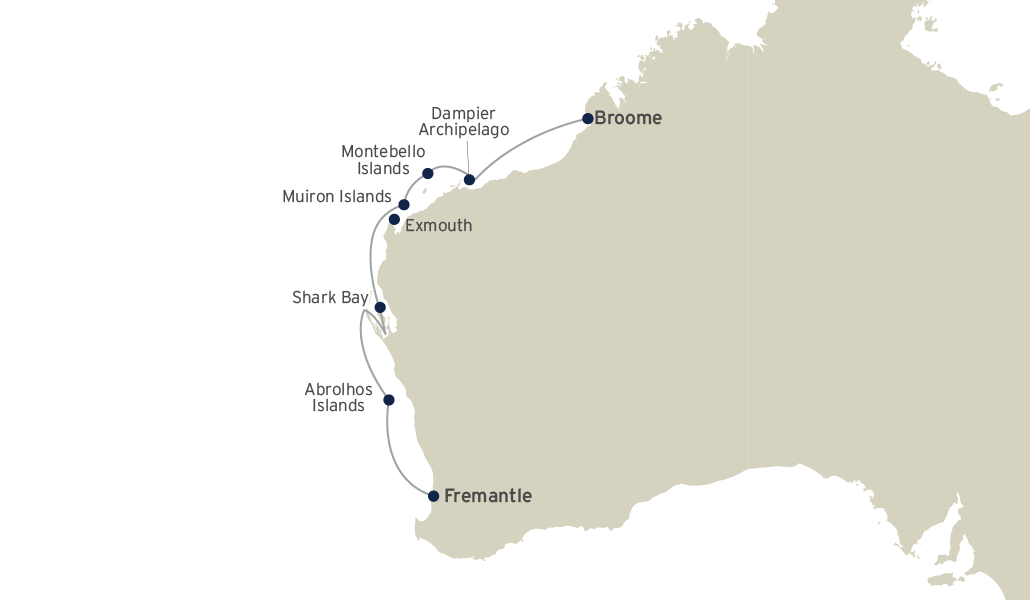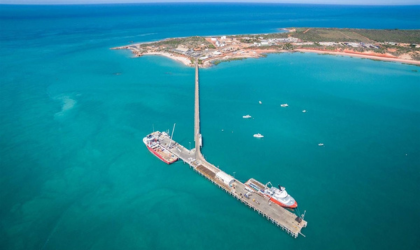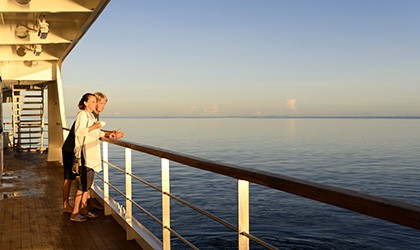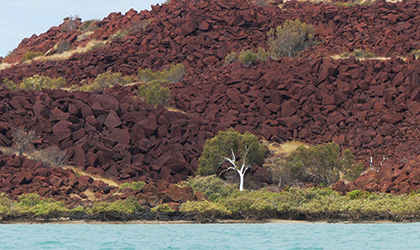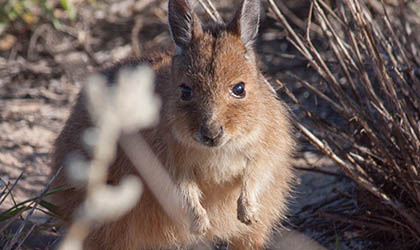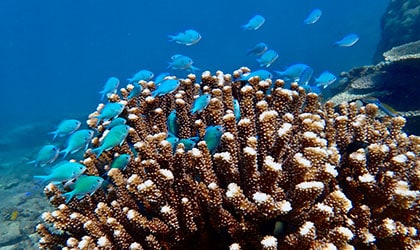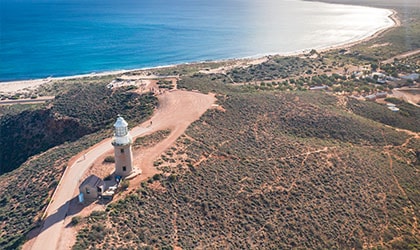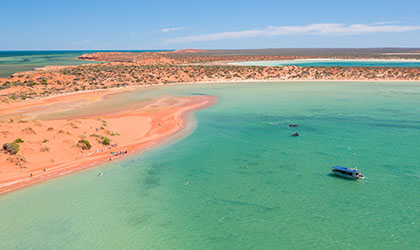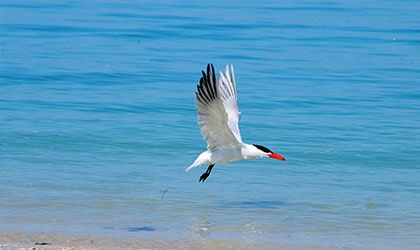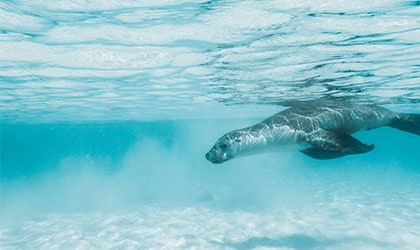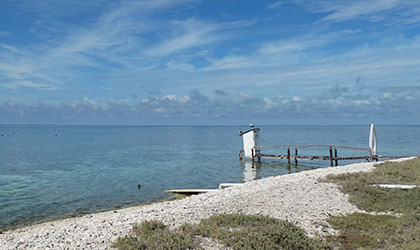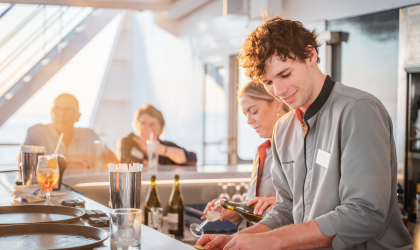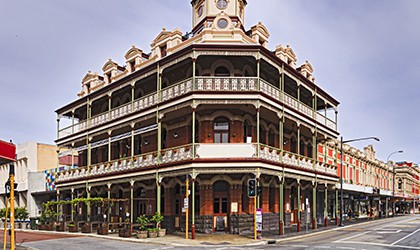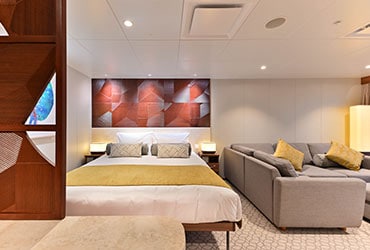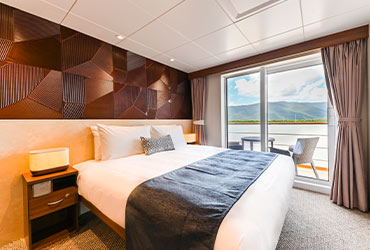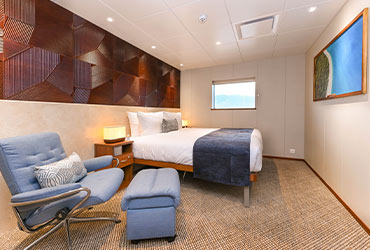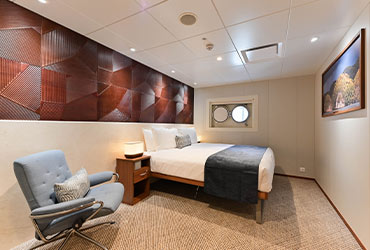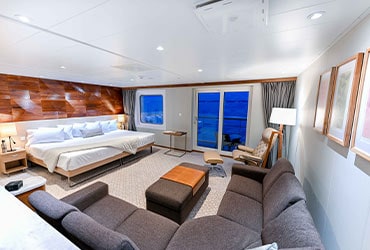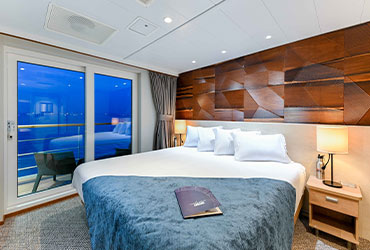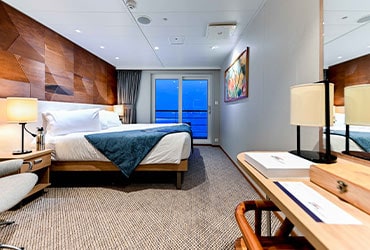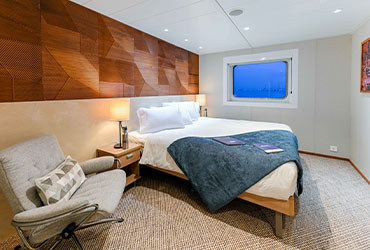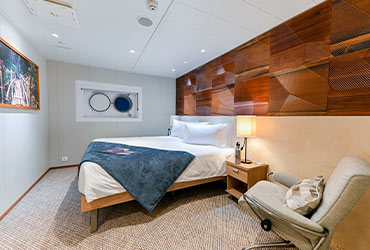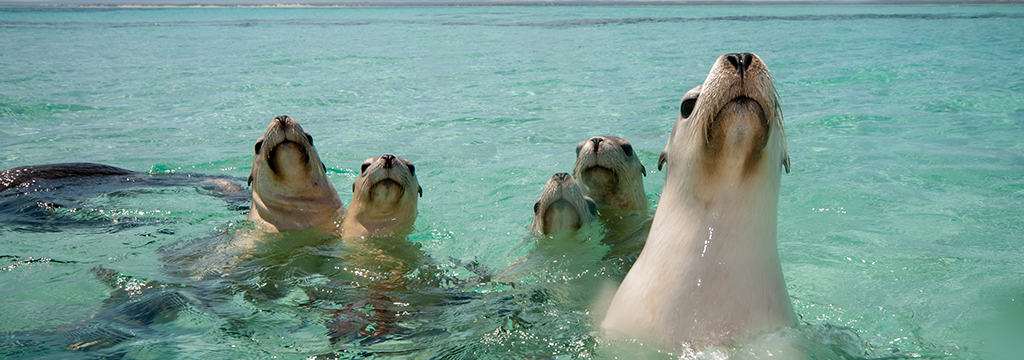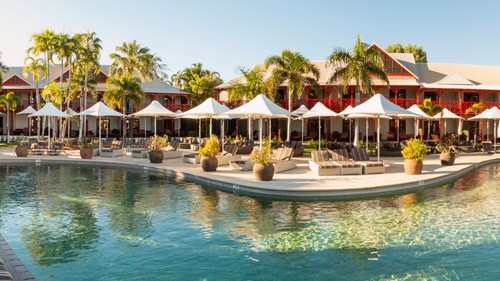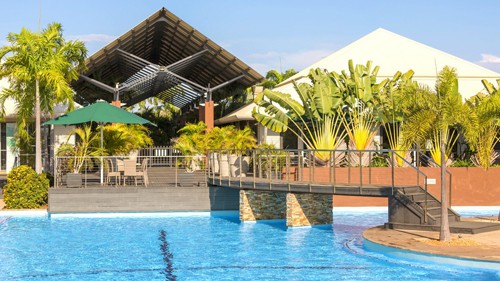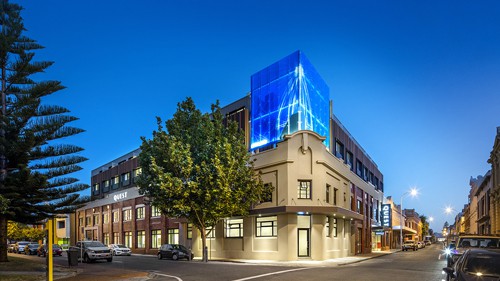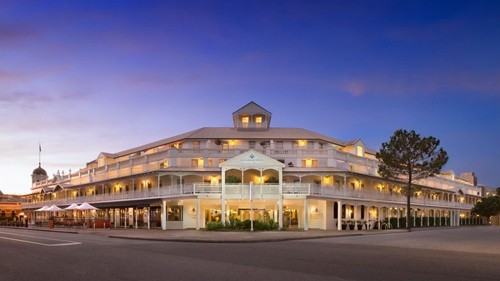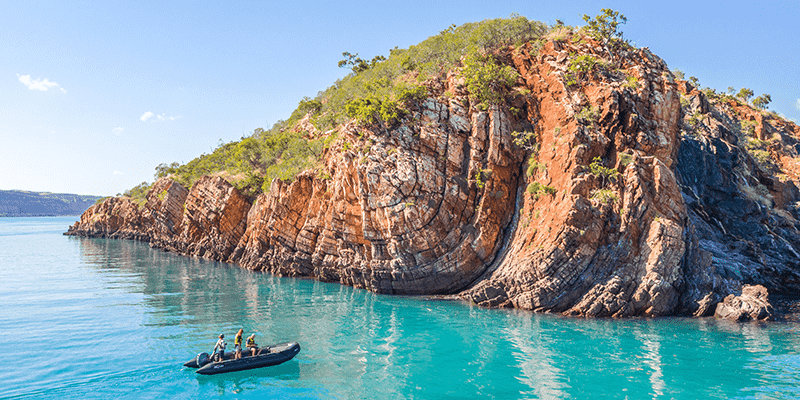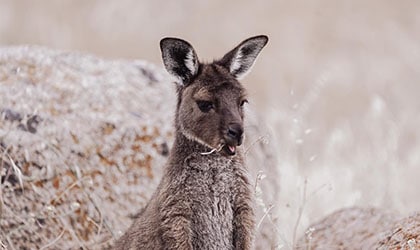This expedition explores Western Australia’s wild and largely untouched coast, with its contrasting coastal palette of rich red sands and turquoise sea. With a fascinating maritime and Indigenous history – from the Yabuara people of Murujuga (Dampier Archipelago) to the exploratory journeys of William Dampier, Dirk Hartog, Baudin and Freycinet – this region is layered with stories. The natural coastal reserves harbour an abundance of birdlife and fascinating marine species. Our guides will help guests explore the renowned Houtman Abrolhos Islands, Shark Bay World Heritage Area, Ningaloo Reef, Cape Range National Park, Montebello Islands, Muiron Islands and Dampier Archipelago.
- Explore the islands, reefs and remote coastlines of Western Australia
- Visit the plinth which marks ground zero at the Montebello islands, a site for atomic bomb testing in the 1950s. Now it is a haven for wildlife including the rufous hare wallaby
- See the marine wonders of Ningaloo Marine Park, in the waters of the Leeuwin current – at the Muiron Islands and Turquoise Bay
- Explore World Heritage Shark Bay – where the temperate climate of the south meets the desert climate of the north, resulting in unique and abundant wildlife ashore and under the water. Walk the Wanamalu Trail at Cape Peron and cruise past historic Cape Inscription
- Discover the fascinating history of the Abrolhos islands, swim with friendly sea lions and snorkel over beautiful reefs
- Learn about the coast’s fascinating maritime history – the wrecks of the Barque Stefano (Exmouth area), the Tryall (Montebello’s), and the Batavia (1629 – Abrolhos)







